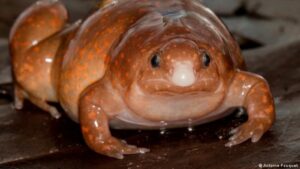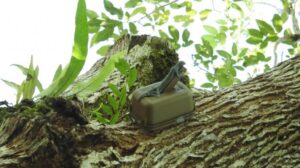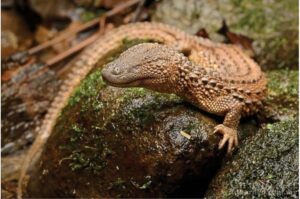Well, sort of.
The creature, which frankly looks like a circus-colored blobfish with legs, has a name--the Zombie frog--that’s a bit of a misnomer. It’s the HUMANS who, after hearing the frog’s call and doing serious amounts of digging through mud to find it, end up looking like disheveled walkers of the Undead variety.
Researchers in Guyana—specifically a German herpetologist named Raffael Ernst—unearthed the frog after hearing its very unique call and getting down (and dirty) trying to trace it. This took place after dark, of course—this frog is nocturnal. In point of fact, what was discovered was an entire genus--Synapturanus--with three named species. (But calling them Zombie frogs seems friendlier somehow!)
And of course, these unique specimens already carry with them a threat—not of being zombies, but of going extinct. Amphibians, the article points out, are already among the animals most endangered on the planet. And in the Amazon, commercial interests continue to promote—often illegally yet inexorably—massive logging, mining, and other activities of deforestation that imperil the existence of these and countless other species, named and unnamed.
Let’s hold fast to the hope that the Zombie frog, along with his amphibian relatives, escape the fate of becoming a “real” Undead, alive only in memory.




